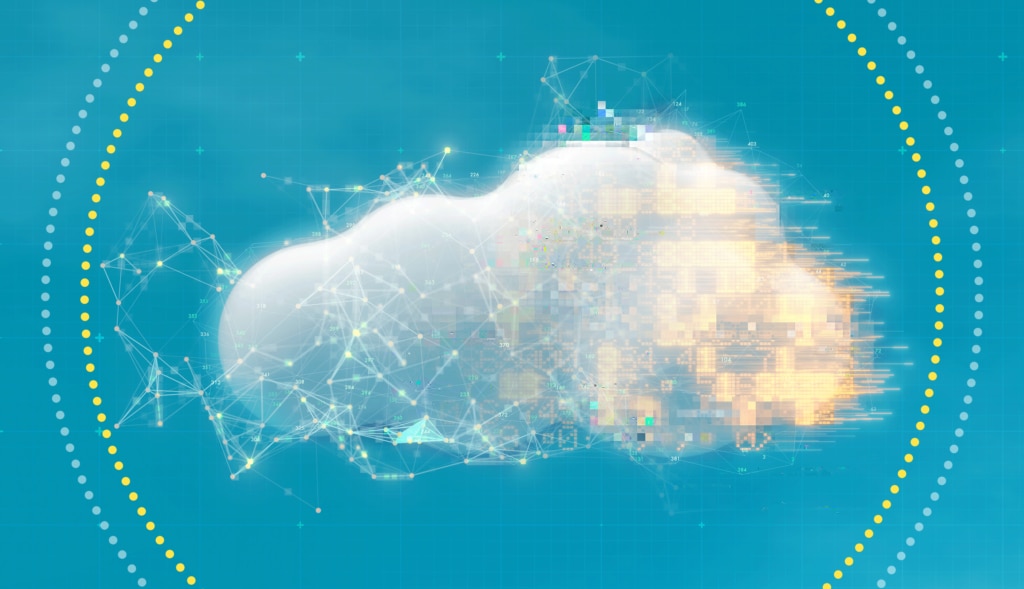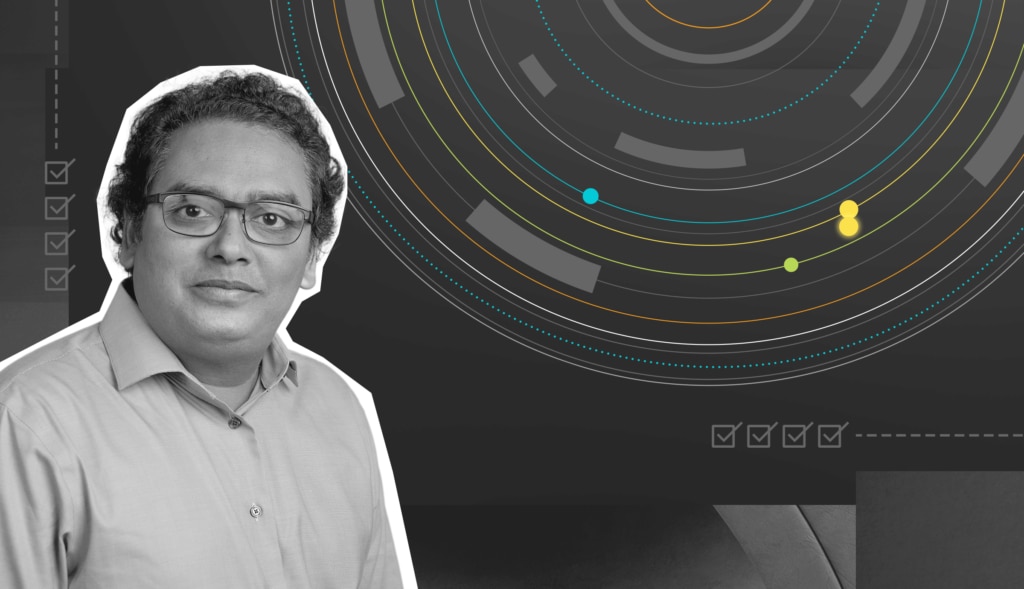SolarWinds
recently released SolarWinds Observability Self-Hosted (formerly known as Hybrid Cloud Observability), a solution we’ve been building towards for a long time, and something I see as the evolution of monitoring. If you missed Thomas LaRock’s
recent article on observability and how we got here, then you missed a fun walk down memory lane. Importantly, it covers the history of our evolution from a simple toolset to the comprehensive set of monitoring known as
the Orion® Platform and beyond.
Most of the work has happened behind the curtain. The team at SolarWinds has watched the rate of digital transformation grow and we’ve considered customer journeys, needs, and obstacles as we diligently worked to build a solution for all customers, no matter where they are in their journey. And we’re continuing to build and improve our tools, solutions, and the SolarWinds Platform moving forward.
But what does this mean for you? As a tenured Orion Platform user, I’ve been asking just as many questions as you about observability. I’m here to share what I’ve learned as we move forward to observability.
What is SolarWinds Observability Self-Hosted (formerly known as Hybrid Cloud Observability)?
SolarWinds Observability Self-Hosted (formerly known as Hybrid Cloud Observability) is the first step in our journey to achieving full-stack observability. We’ve spent the last 20+ years building and cultivating a foundation and simplifying and consolidating that hard work to a single platform with unified code and build processes. Built from the ground up with Secure by Design practices, and with security always foremost, we’re making tangible steps towards expanding with machine learning (ML) and artificial intelligence (AI) to create a holistic observable state of your entire environment—not just on-premises or cloud infrastructure, but
all integral pieces collectively.
The unified code and build platforms enable cleaner and faster installations, upgrades, and cross-functional feature improvements. The single installer ensures a simple, quick installation of all components, licensed or not. This new packaging allows for easy evaluation of unlicensed features and quick activation of features under new licensing—without the need for additional installation, upgrades, or downtime of your SolarWinds Platform.
I Already Have the Orion Platform—Why Convert to SolarWinds Observability Self-Hosted (formerly known as Hybrid Cloud Observability)?
While there’s currently no plan to shelve the Orion Platform or any of its modules, converting to the new SolarWinds Observability Self-Hosted (formerly known as Hybrid Cloud Observability)
is available now. You’ll notice the Orion Platform and the SolarWinds Platform look remarkably similar on the surface. This is due to using that existing foundational technology we’ve built and expanded on for years as
the new basis for the SolarWinds Platform—and we intend to continue improving and expanding on this new foundation.
To improve and expand on our foundation, SolarWinds Observability Self-Hosted (formerly known as Hybrid Cloud Observability) achieves and improves upon three important goals:
- Reduces complexity and tool sprawl
- Improves productivity by increasing the speed of problem detection and accelerating issue resolution
- Provides faster time to value, simplicity, and flexibility
The simplified licensing packages, installation process, and unified code all add up to years’ worth of improvements on the performance of those processes. Security has been the top priority since inception and will continue to be under our
Secure by Design initiatives. Additionally, having a single-build pipeline versus the many diversified Orion module pipelines allows for more feature collaboration, faster implementation of features, and faster issue resolution.
SolarWinds Has Been Working Towards This Goal For Years
You already know that SolarWinds has developed world-class monitoring. We haven’t stopped improving our monitoring and will continue development as technology evolves. Monitoring gives visibility, but as Tom said, “Visibility by itself is no longer enough.” And that’s why we’ve worked towards observability. You’ll recognize features like
PerfStack,
NetPath,
AppStack®, virtualization recommendations, modern dashboards, and more which we’ve been steadily adding over the years with the goal of making your environment more observable.
The improvements we’ve made towards a single platform and improved installer have also been lessons learned towards this goal. Ultimately, Orion didn’t start as a single platform with a single repository—and it still isn’t in the way in which the new SolarWinds Platform functions. Check out SolarWinds Senior Product Manager Tony Johnson’s
post about the SolarWinds Platform for more details.
We will continue collecting monitoring metrics, logs, and other data from your environment to continue providing this visibility. The features we’ve built, and continue to build, will still need this data for visibility. As we continue adding features using AI and ML (preview the AlertStack in SolarWinds Observability Self-Hosted (formerly known as Hybrid Cloud Observability)) these metrics will be needed to feed these features.
Let’s Compare: Orion Platform to SolarWinds Observability Self-Hosted (formerly known as Hybrid Cloud Observability)
The two solutions look familiar, so what can you expect with each license tier? I’ve provided a more-or-less direct comparison of Orion modules into the new functionality of SolarWinds Observability Self-Hosted (formerly known as Hybrid Cloud Observability). This is intended to help you understand what may look familiar and what subscription level you may need to continue with existing functionality. Guides can be found
here.
- SolarWinds Observability Self-Hosted (formerly known as Hybrid Cloud Observability) Essentials: includes functionality from Orion Modules NPM, SAM, Log Analyzer, IPAM, UDT, and VNQM
- SolarWinds Observability Self-Hosted (formerly known as Hybrid Cloud Observability) Advanced: includes Essentials + functionality from Orion Modules NCM, SCM, VMAN, and NTA
- SolarWinds Observability Self-Hosted (formerly known as Hybrid Cloud Observability) Enterprise Scale: for each tier adds Additional Polling Engines, Additional Web Engines, and HA
What’s Next?
You may have noticed that we’re missing a bit of existing functionality from Storage Resource Monitor (SRM), Web Performance Monitor (WPM), and Engineer’s Toolset in this first release. This is something
we’re working on for a future release.
FAQ
If you’re ready to convert, the SolarWinds Observability Self-Hosted (formerly known as Hybrid Cloud Observability) 2022.2 release candidate is a fully tested and supported release ready for you to install on a new server or to convert your current Orion server.
- For all current SolarWinds Observability Self-Hosted (formerly known as Hybrid Cloud Observability) customers who don’t own SRM, WPM, or Engineer’s Toolset, you can log into your customer portal and download and convert now.
- For all current SolarWinds Observability Self-Hosted (formerly known as Hybrid Cloud Observability) customers who own SRM, WPM or Engineer’s Toolset, contact customerservice@solarwinds.com to discuss your conversion options.
- If you don’t own SolarWinds Observability Self-Hosted (formerly known as Hybrid Cloud Observability) but would like to try it, you can download a 30-day free trial. Note, this evaluation version won’t convert Orion Platform installations
If you’re looking for documentation, check here:
Observability has been a market buzzword for a while, and it was only a matter of time for SolarWinds to explore how we can offer it in a way that makes sense for our customers. Like Tom mentioned in his article, we aren’t always first to market, but our reasoning behind seemingly slow progress is our consideration for our customers’ digital transformation journey, wherever they are.
And we’re still with you moving forward.




